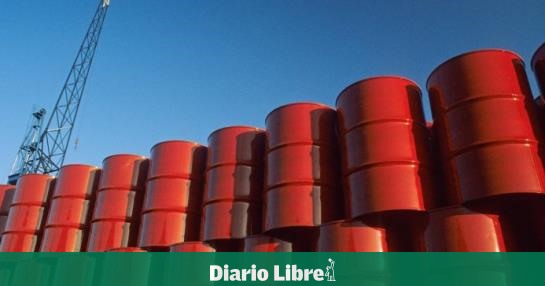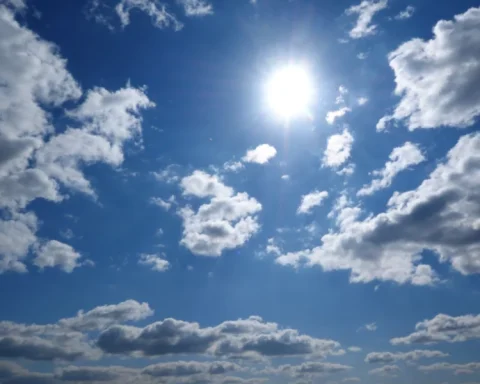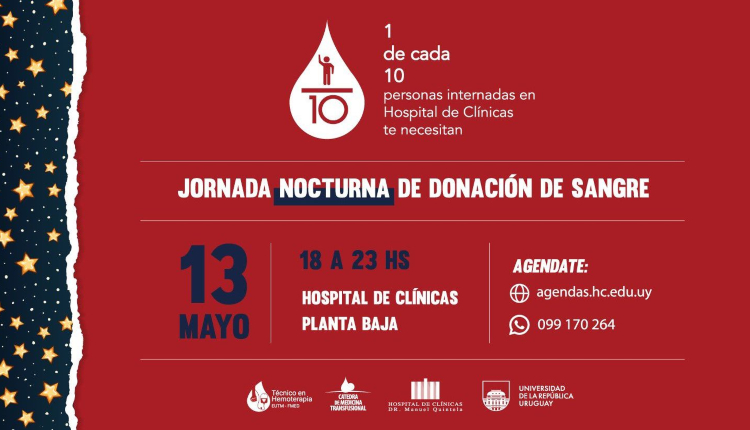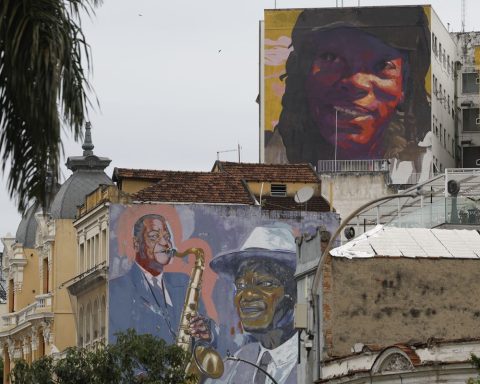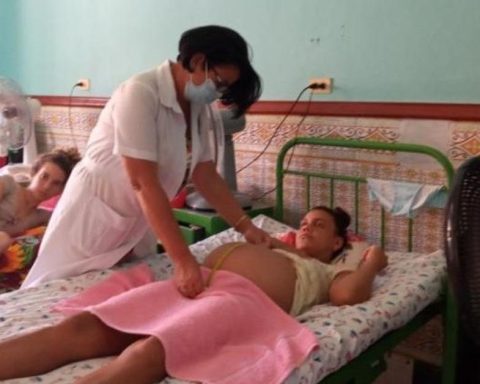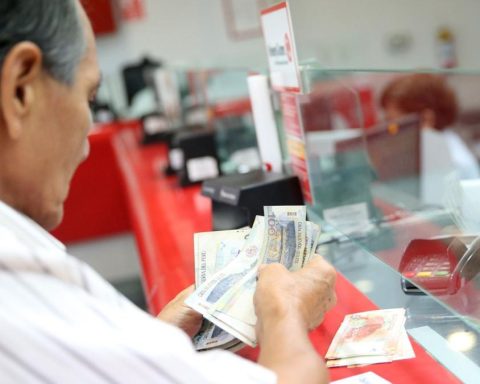The war in Ukraine continues to have a strong impact on energy markets, which is why the Organization of Exporting Countries of Petroleum (OPEC) and the International Energy Agency (IEA) have lowered, for the second month in a row, their forecasts for oil demand growth.
In its monthly report for May, the OPEC sets the average daily production for this year at 100.3 million barrels per day (mbd), 0.6% below the data it handled before the Russian invasion, although it is still 3.4% more than last year .
The IEA, for its part, is more cautious and spoke today in its report of a global consumption of 99.4 mbd, some 70,000 barrels per day less than in its April analysis, but in total 1.8% more than in 2021 .
tensions in eastern europe
The analysts of the OPEC They explain their calculations in the “tensions in Eastern Europe” and the increase in inflation or the bottlenecks in the supply chain that there will be in the global economy, whose annual growth is cut from 3.9 to 3.5%.
“Demand in 2022 is expected to be affected by the current geopolitical events in Eastern Europe, as well as the restrictions of the covid-19 pandemic,” the company said. OPEC.
In its analysis of the uncertainties about the evolution of the global economy and its consequent impact on crude oil consumption, the OPEC highlights the embargo on Petroleum Russian that could impose the European Union (EU) and cut gas imports.
These sanctions could, according to the cartel, affect energy prices and, therefore, the development of the global economy.
For now, the OPEC forecasts that Russia -with which it forms an Alliance- will supply an average of 10.88 million barrels per day this year, 7.5% (890,000 barrels per day) less than forecast three months ago.
In general, the OPEC insists that the growth of the economy and the demand for crude “will depend on the outcome of the armed conflict in Ukraine and its possible contagion effect on the eurozone economy.”
The COVID factor in China
For the IAEA, for its part, the main reason for the reduced growth in demand is the sharp slowdown in consumption in China due to the covid restrictions, which translates into 890,000 barrels per day less in the second quarter than it had Estimated just a month ago.
It is also weighing the effect of the rise in prices that are moderating energy consumption in general and the supply problems of some fuels in Europe (such as diesel) due to the stoppage of imports from Russian refineries.
This growth in demand has been concentrated in the first three months of the year due to the lifting of restrictions due to the coronavirus in advanced economies, recalls the IEA.
In the first quarter of 2022, the increase in consumption was 4.4 mbd, he specifies, although for the last quarter of the year he already foresees a demand lower than that of the same period last year.
Part of this contraction is explained by the blow to the Russian economy in the face of its international isolation, which has already been noted, for example, with a 13% drop in the consumption of kerosene for aircraft despite the increase in military needs for the invasion of Ukraine.
The number of flights carried out in Russia has gone from almost 11,000 daily in February to about 3,000 in April, recalls the IEA.
Cuts in Russia Russia
On the production side, the sanctions are taking their toll on Russia, albeit somewhat less than the IEA had anticipated.
In April, according to their data, Russian oil companies extracted about 9.1 million barrels per day, 10% less than in March.
That trend should continue in May, with another cut of some 600,000 barrels per day, which would mean 1.6 million less than in February, when the war began.
The cut could be more than 2 million in June and close to 3 million in July, especially if the EU adopts its embargo plan on Russian crude, says the IEA.
If these figures are confirmed, about which there is -according to the Agency- great uncertainty due to the rapid evolution of the situation, Russian pumping in 2022 could drop to an average of 9.6 mbd, which would be its lowest level since the year 2004.
